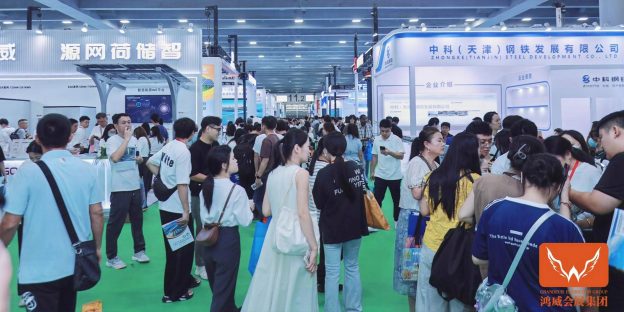
Solar photovoltaics is not only a well-established form of renewable generation but also an extremely versatile power source for a wide range of applications. Hence, we often see large and small solar panels embedded onto various multi-purpose products that are popular in the consumer electronics market. Engineers are also integrating photovoltaic generation systems into complex industrial and infrastructural systems as a way to overcome off-grid or local grid capacity constraints. Recently, a team of researchers working at Saudi Arabia’s King Abdullah University of Science and Technology (KAUST) have designed a photovoltaics-membrane distillation (PV-MD) device that can convert seawater into fresh water and generate electricity at the same time.
While there exist similar photovoltaic distillation (desalination) systems, the PV-MD device developed at KAUST is unique because it uses the heat that the solar panel has absorbed from the sunlight to produce the water vapor for the distillation process. The distillation module is underneath the solar panel and integrated as a single installation. Hence, this compact solution from KAUST could be an excellent option for supplying both water and electricity to remote communities.
Given the advancements in photovoltaic technologies, most solar panels that are now on the market can convert up to 20% of the sunlight into electricity. The rest of solar energy that they absorb becomes “waste heat.” The researchers at KAUST want to find applications for this byproduct, and they hit upon the idea of using it for seawater desalination and water purification.
Presently, desalination and water treatment plants are very costly to build and consume a lot of energy that primarily comes from the burning of fossil fuels. Consequently, pursuing this kind of infrastructure projects is both environmentally and economically challenging for developing countries and remote communities. The KAUST team said that their PV-MD device is a single solution for simultaneously addressing the twin problems of electricity and water access. It serves as a photovoltaic generation system as well as a water treatment system that can be adapted for homes and small factories.
In terms of design, the PV-MD is a simple multi-layer system. A standard commercial solar panel (or crystalline silicon photovoltaic module) is mounted on top of a three-stage membrane distillation unit. The whole installation is connected to a source water intake and a clean water storage tank. When the solar panel absorbs the sunlight and converts it into electricity, the heat dissipated from panel accelerates the evaporation process that turns the source water into water vapor. The water vapor eventually returns to the liquid form and becomes clean water through the condensation process.

- Source: Nature Communications
Wang Peng, who works at KAUST’s Water Desalination and Reuse Center and is the lead author of the study on the PV-MD device, offered a more detailed explanation on how the three-stage membrane distillation unit actually works: The unit first uses the heat from the solar panel to create water vapor that passes through the membrane and condenses on the other side. Then, the latent heat of the condensate drives a second evaporation cycle that further purifies the water.
Researchers at KAUST claim that the latest version of their PV-MD device produces three times as much fresh water compared with other photovoltaic distillation systems and is highly effective in filtering out heavy metals and other contaminants. Laboratory results have shown that the quality of the water produced by the device meets the standards set by the World Health Organization for the allowable levels of lead, copper, sodium, calcium, magnesium, etc. in drinking water.
Perhaps due to the addition of the distillation unit, the conversion efficiency of the device’s solar panel comes to just above 11% when operating under sunny weather conditions. However, the KAUST team said that they have already increased the power output of the device by nine folds and will continue to make improvements.
Wang pointed out that since photovoltaic systems are now mainly deployed in arid areas, the integration of the solar panel with a distillation unit like the one developed by his team will produce significant amounts of fresh water on a daily basis for the local communities. Some of the uses for the water include crop irrigation and solar panel cleaning. If this technology is successfully commercialized one day, it could make an enormous contribution to the greening of deserts and cultivation of wastelands.
The KAUST team published the details of their PV-MD device in the journal Nature Communications on July 9.
(This article is an English translation of news content provided by EnergyTrend’s media partner TechNews. The credit of the photo at the top of the article goes to Dyniss Rainer via Flickr CC BY 2.0.)







